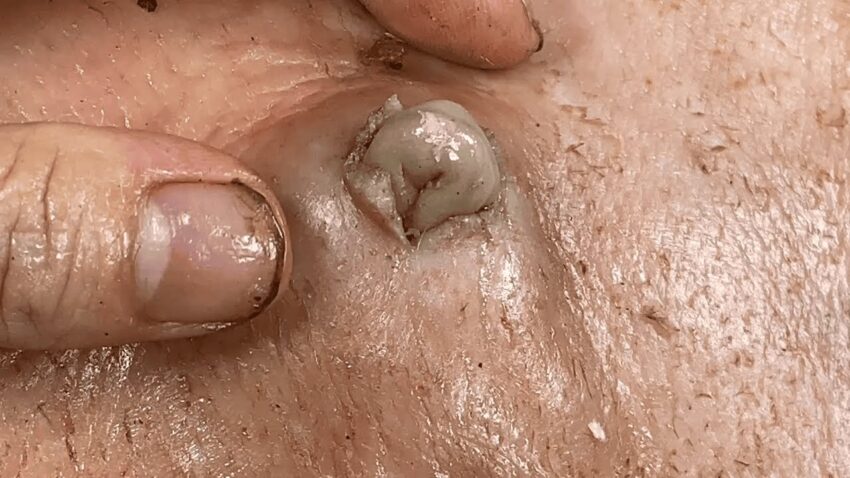Blackheads. We all get them. Whether it’s one or a hundred, they’re frustrating, stubborn, and often misunderstood. In this blog post, we’re cutting through the hype to explain exactly what blackheads are, what causes them, and how to treat (and prevent) them effectively — no product plugs, no ads, just science-backed facts and practical advice.
What Are Blackheads?
Blackheads, or open comedones, are a type of acne that forms when a hair follicle becomes clogged with sebum (an oily substance produced by your skin) and dead skin cells. Unlike whiteheads, which are closed over the top, blackheads are open to the air. The black color doesn’t come from dirt — it’s due to the oxidation of melanin in the trapped sebum when exposed to air.
Why Do We Get Blackheads?
There are several factors that contribute to the development of blackheads:
Excess oil production: Overactive sebaceous (oil) glands can flood pores with sebum.
Dead skin cell buildup: If your skin isn’t exfoliating properly, dead skin can trap oil inside pores.
Hormonal changes: Hormones, particularly androgens, can increase oil production, making blackheads more common during puberty, menstruation, or times of stress.
Certain products: Comedogenic skincare or makeup products can block pores.
Poor hygiene or excessive washing: Ironically, over-washing can strip skin of its natural oils, prompting it to produce more oil to compensate.
Common Myths About Blackheads
Let’s clear up a few common misconceptions:
“Blackheads are caused by dirt.”
False. They are the result of oxidized sebum and skin cells, not dirt.
“You can scrub blackheads away.”
Harsh scrubbing irritates your skin and can make acne worse. Gentle exfoliation is key.
“Pore strips permanently remove blackheads.”
They can remove surface-level debris, but they don’t stop pores from refilling.
